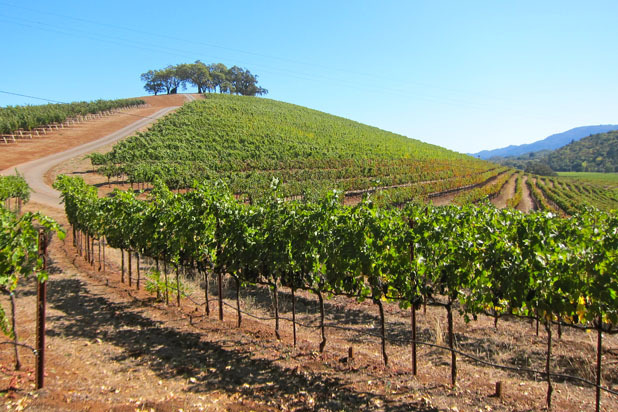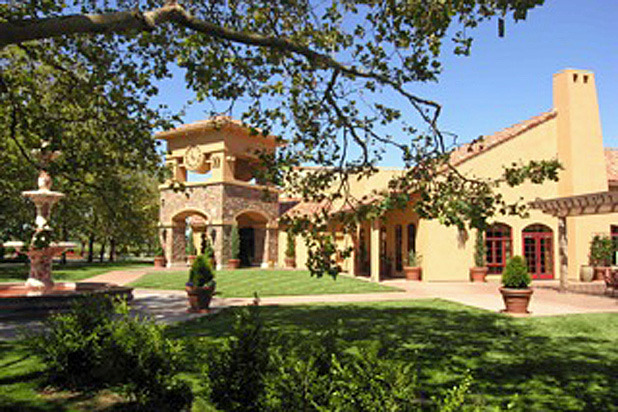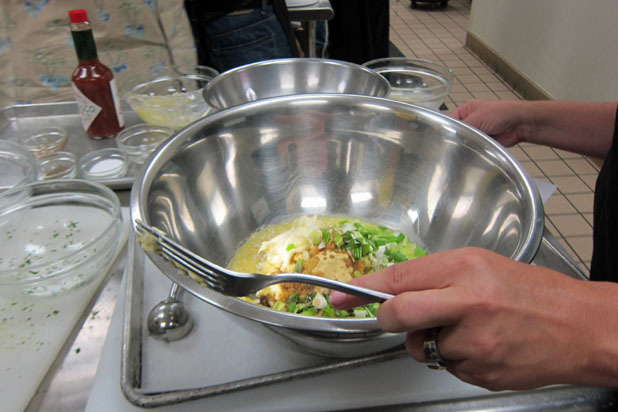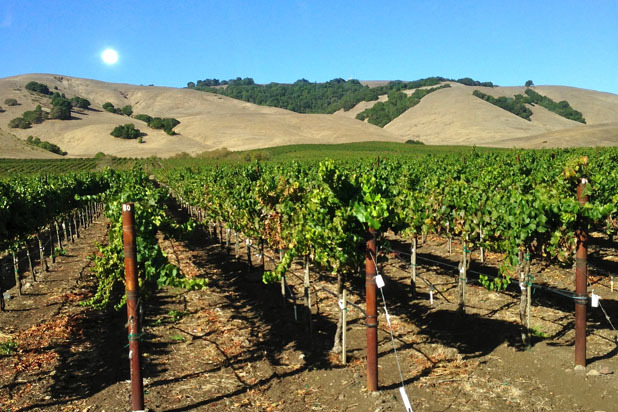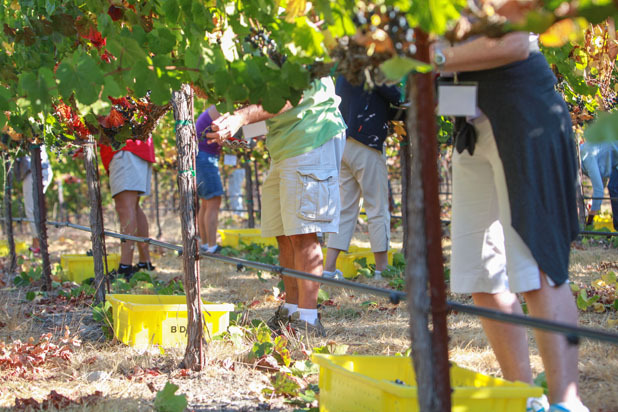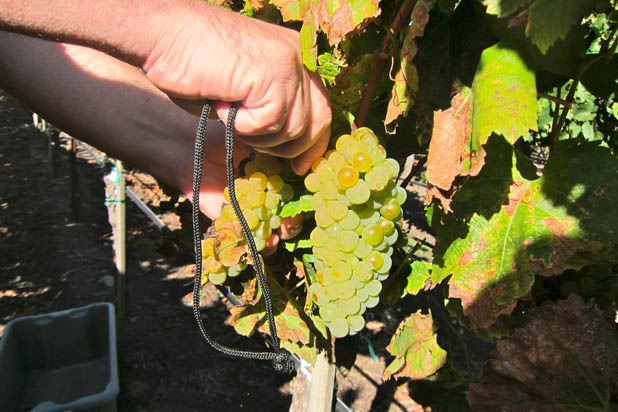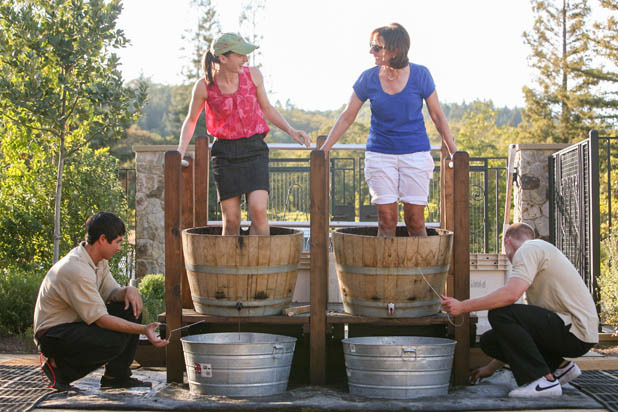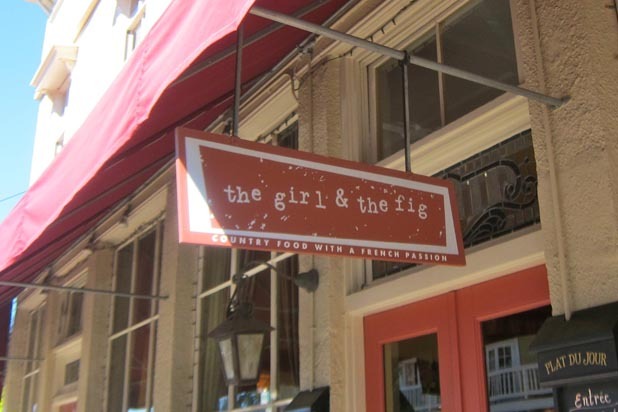Sonoma Grape Camp (Slideshow)
Unfolding 35 miles north of San Francisco, the rich confluence of Pacific Ocean coastlines and valley topographies, covered with a rich geological base, and all iced with the right meteorological conditions create 15 AVAs (American Viticulture Area Areas) that define the wine sub-regions of Sonoma County. The region is most known for its production of world-class pinot noir, chardonnay, and cabernet sauvignon wines.
Vintner’s Inn
For your bunks, "campers" don't rough it per se at this camp. Instead of bivouacking next to an open campfire, the base camp features in-room fireplaces at the Vintner's Inn on the grounds of the Ferrari-Carano Vineyards nestled amid manicured rows of grapes, a hot tub, and a bocce ball court. Also on the grounds is John Ash and Co., considered the founding home of Sonoma's wine country cuisine.
Knights Bridge Winery
Hard work in the vineyards is rewarded not only with fine wines, but fine foods, in particular from chef/owner Tim Carl of the Knights Bridge Winery in the Knight's Valley region. Carl comes from a sixth-generation Northern California farming family, and returned to the farm after a career earning a PhD in genetics, which he says informs his wine senses.
Ramekins
Part of the Grape Camp experience includes a culinary adventure at Ramekins, a restaurant and culinary school near in town of Sonoma. Executive chefs throw open the doors to a working restaurant to tutor budding chefs on the ins-and-outs of culinary mastery.
Grape Vines
Grape camp isn't all gourmet food and fine wine. You can't drink wine without grapes, and you have to grow and harvest the grapes, and that means up at 7 a.m. to learn about picking grapes fresh of the vine. Although, according to grape farmer Steve Sangiacomo, most harvesting, known as "crush" time, is done at night for better sugar content and working conditions under the hot Sonoma sun.
Harvesting
Harvest time is strategically chosen by the wine master. "The seed defines a wine grape," says Karissa Kruse, co-owner of Argot Wines and president of the Sonoma County Winegrape Commission. "There are number of different ways to do the numbers when you harvest, but winemakers can come into the fields and look at the seeds, as they ripen they become more and more brown."
Picking Grapes
For winemaking, grape stems are typically cut by hand using cutting tools and then carefully dropped in pans. Sangiacomo says pickers are very skilled at which grapes to pick and are still better than grape machines for fine wines. His family has been farming this land since 1927.
Transportation
Pans of grapes are walked over to large carts to be trucked to winemakers. Each cart makes about a barrel of wine, about 25 cases of wine. Depending on the stems and size of grape, that could be about 630 grapes per bottle.
Grape Stomping
At one time grape stomping was the best means to press grapes for fermentation and barreling. Today, well, wine stomping is really only for Internet memes, Lucille Ball, contests, and Grape Camp! And fun. They don't use these grapes for wine any more.
The Girl & The Fig
Providing one of the well-paired dinners was The Girl and the Fig restaurant, open since 1997, one of Sonoma's most celebrated restaurants. Proprietor Sondra Bernstein, along with chef de cuisine Jeremy Zimmerman, provides country French foods that typically feature locally grown produce (including sumptuous Sonoma figs!).
